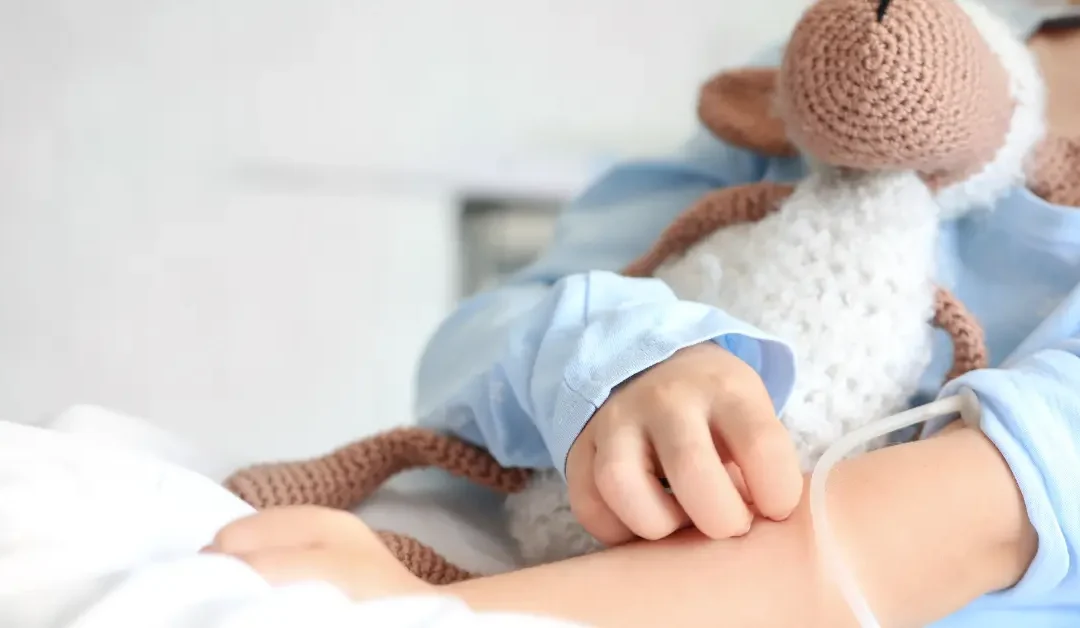The CHI hip surgery review has uncovered serious issues in paediatric care, prompting an apology from CHI and a commitment to reform.

Congenital hip dysplasia claims typically arise when a failure to diagnose or treat this condition on time leads to unnecessary pain, complications, or long-term mobility issues. Congenital hip dysplasia, also known as developmental dysplasia of the hip (DDH), is a condition where the hip joint doesn’t develop properly, often requiring prompt medical attention to avoid further damage. If medical negligence has resulted in delayed diagnosis or inadequate treatment, you may be entitled to pursue compensation. Our experienced team specialises in handling congenital hip dysplasia claims, guiding you through the legal process with professionalism and care to help you seek justice and compensation. For a confidential consultation, don’t hesitate to contact us at Free Phone 1800-844-104 or email [email protected]. You can also visit us at our 84 Talbot Street, Dublin 1, Ireland office.
Typically, the term developmental dysplasia of the hip (DDH) refers to patients born with dislocation or instability of the hip, which may then result in congenital hip dysplasia. More broadly, DDH may be defined simply as an abnormal growth of the hip. Abnormal development of the hip includes the osseous structures, such as the acetabulum and the proximal femur, as well as the labrum, capsule, and other soft tissues. This condition may occur at any time, from conception to skeletal maturity. The cause of DDH is not clear. However, some factors are known to contribute to the chance of a baby being born with DDH. Only 1 in 75 babies with a risk factor have a dislocated hip.
DDH claims involve the failure to diagnose and treat congenital hip dysplasia in a timely. They are typically brought against hospital paediatricians or general practitioners who negligently fail to detect the condition early so that appropriate treatment can be commenced. Diagnosis at birth in hospital or at 8 weeks by the GP is best because if detected early, it can usually be dealt with with simple, non-invasive treatment. Health visitors also carry out checks at 8-9 months and 2yrs. A delay in the diagnosis of hip dysplasia may result in unnecessary surgery and disability over the lifetime of the child.
More specific terms are often used to describe the condition more precisely; these are defined as follows:
Early diagnosis is the most crucial aspect of the treatment of children with DDH. The use of ultrasonography and other diagnostic imaging modalities and the implementation of improved educational programs will likely decrease the number of children with DDH who are diagnosed late. Newer, less invasive surgical techniques (eg, endoscopic techniques and image-guided surgery) are being developed to decrease the morbidity of surgery and to ease recovery.
Treatment is needed because if the head of the femur is left in an abnormal position, various methods, depending on your child’s age, can cause the hip joint to develop abnormally. The earlier treatment is started after birth, the greater the likely success of treatment and the lower rate of long-term complications. The goal of treatment is to relocate the head of the femur into the acetabulum. This then allows the structures of the rapidly developing hip joint (femur, acetabulum, supporting ligaments, etc) to become established normally. Depending on your child’s age, the treatment goal can be achieved through various methods. The success rate of simple non-surgical treatments reduces significantly after 7 weeks of age.
This device is used to hold the hips in the correct position. It is often the first treatment used in children under 6 months old. It usually needs to be worn for at least six weeks full-time and six weeks part-time in young babies. Older babies may need to wear it for longer. During this time, ultrasound scans are usually done to check that the hip is in the correct position. This harness keeps the legs bent and turned outwards but allows specific movements. It does not allow your child to straighten their legs or turn them inwards. The harness is adjusted as the child grows and as the hip stabilises. For mild DDH (subluxation), this harness works in more than 9 in 10 children if used at this young age. In severe DDH (dislocation), the harness is practical for 8 in 10 children. The main possible complication of the harness is called avascular necrosis. This is uncommon (about 2 in 100 babies treated with the harness) but sometimes occurs if the hip is not held correctly. (Avascular necrosis means that the bone tissue at the head of the femur dies due to undue pressure on the blood supply to the bone.)
This method is used in children over 6 months of age or if the Pavlik harness is not effective. This involves your child being given an anaesthetic. While anaesthetised, the doctor positions the hip correctly and then applies a special cast or plaster to keep the hip in the right position. An MRI or CT scan done after the procedure confirms the hip position as correct. This cast is kept on for at least 12 weeks.
If the above options fail or your child is much older when DDH is diagnosed, then an operation is needed. The operation involves loosening the tendons around the hip and removing anything that is stopping the hip from moving freely. Once the bones are in a good position, the joint is strengthened.
If DDH has not resolved by 18 months, more complicated surgery is required. This involves removing some parts of the bone and joint to keep the hip in the right position.
If your child’s DDH is not diagnosed and treated early, they may develop early arthritis of the hip joint. This causes pain and reduced movement. The treatment of DDH gets more complex and has less chance of success once your child’s bones have fully developed. Even at this stage, though, treatment can still provide a long-term outcome, which is better than the alternative of no treatment.
Most children diagnosed early and treated before 6 months have an excellent outcome. However, they usually need to be reviewed with X-ray pictures taken throughout childhood until their bones fully develop. The outlook is less good if the diagnosis or treatment is delayed, especially if the child has begun to walk before DDH is diagnosed. About 3 in 10 hip replacement operations done in people under the age of 60 years are because of DDH (either untreated, unsuccessfully treated or delayed in treatment).
It is advisable for you to speak to an experienced team of congenital hip dysplasia claim solicitors as soon as possible if you believe that you were not provided with an adequate or appropriate level of medical care, which resulted in you sustaining an injury or illness.
After the consultation with your medical negligence solicitor, he/she will request access to your medical records and engage an independent medical expert to assess your records. The purpose of engaging an independent expert is to establish whether there was any negligence on the medical professional’s part.
Where the independent medical expert is of the professional opinion that medical negligence did occur, upon your instructions, your solicitor will begin the process of issuing legal proceedings in Court against the medical professional and/or hospital.
The legal time limit to make a congenital hip dysplasia claim is two years from the date of injury or date of knowledge that the injury or illness resulted from medical negligence. For children/minors, the time limit expires two years after their 18th birthday. You may contact a solicitor to discuss your case and advise you of the statute of limitations applicable to your case.
At Coleman Legal LLP, medical negligence claims constitute a large part of our caseload, and with that comes first-rate experience and general awareness of the area by our practitioners. We can advise you on your case, and you will be guided through the legal process as sensitively as possible with our support. Clients can expect support and sensitivity along with our expertise in the area. Suppose you believe you have suffered due to medical negligence, either in your treatment or misdiagnosis or delayed diagnosis. In that case, Coleman Legal LLP can advise you whether you may have a case against another party and will support you through the entire process.
Solicitors
84 Talbot Street, Dublin 1
D01 YX60
DX 112002
Free Phone: 1800-844-104
Fax: (01) 5312727
Email: [email protected]
Web: www.colemanlegalpartners.ie
Online Enquiry Form: Apply

Head of Client Services
P: 1800-844-104
E: [email protected]
”At Coleman Legal, excellence in customer care is paramount. We aim to meet both prospective and existing client’s needs in a professional, engaging, and friendly manner with a clear objective to give quality legal advice and reach a positive outcome.”